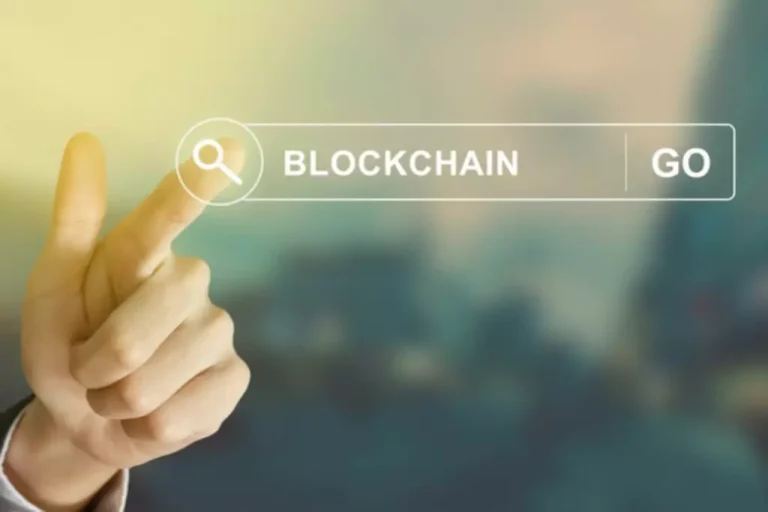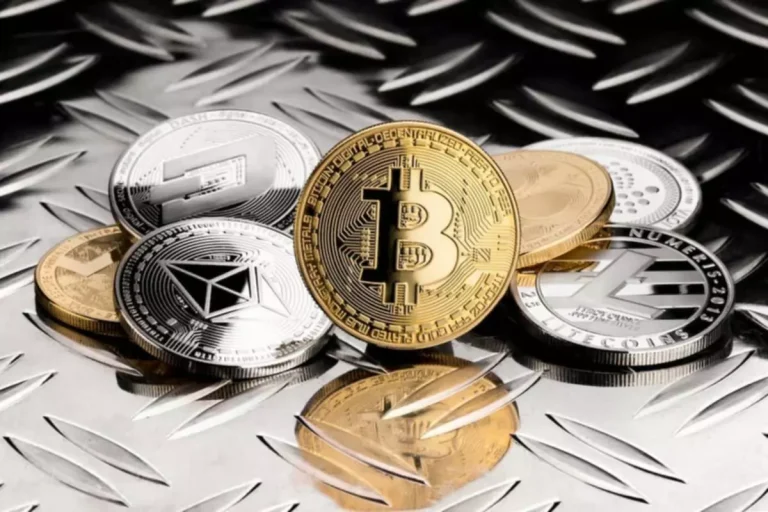However, it could be very important do not forget that such tokens might additionally come from different liquidity swimming pools, additionally referred to as pool tokens. For instance, users lending funds to Compound or offering liquidity to Uniswap would get the tokens representing their share. In addition to the usual risks similar to good contract bugs, admin keys, and systemic risks, there are impermanent loss and liquidity pool hacks. By putting into follow a somewhat totally different algorithm, Curve pools can provide lesser fees and lesser value impacts when these tokens are exchanged. Some of the preferred pools are stablecoins (USDC-USDT, for example) or ETH-stablecoin denominated.
These swimming pools are like hidden gems, quietly powering the ecosystem and providing immense value to those that perceive their true potential. LP tokens can often be staked for boosted returns, usually provided by protocols to liquidity providers. This is supposed to both incentivize liquidity and also offset any potential IL. Additionally, providing liquidity continues to be a safe, straightforward possibility since you persistently earn some revenue no matter where the value goes. When a user supplies liquidity, one has to provoke a transaction that gives both A and B tokens to the pool.

However, if transaction volume is missing, which means that the particular token is illiquid, worth swings will occur. Such high worth volatility will make the particular token unattractive for patrons. The first fascinating use case defined clearly focuses on liquidity mining or yield farming. Liquidity pooling presents the muse for automated yield-generating platforms similar to Yearn Finance.
Makes Use Of Of Liquidity Pools
However, so as to obtain their ultimate targets, encouraging token holders to provide liquidity to swimming pools is required. When a consumer deposits assets right into a Liquidity Pool, they receive LP tokens. Liquidity swimming pools are additionally dangerous when they’re deliberately rug-pulled, that’s, when a token proprietor abuses the obtainable liquidity and sells, crashing the market worth. This algorithm ensures that the product of the two supplied tokens is always the same. Regardless of a trade’s dimension, this algorithm ensures that a pool at all times provides liquidity. This is as a result of the algorithm will increase the value of the token as the specified amount will increase.
This process known as liquidity mining and we talked about it in our Yield Farming article. Apart from providing liquidity, Market Makers may additionally assist merchants in finishing up transactions with out ready for other consumers or sellers. However, relying excessively on exterior market makers could result in extraordinarily gradual and costly transactions. The concept of liquidity swimming pools in DeFi could play a conclusive position in addressing these problems. Let us understand this with the assistance of an instance of a Decentralised Exchange (DEX), i.e., Uniswap.
The lender will deposit his DAI tokens and would obtain cTokens which in this case could be cDAI. CTokens may be understood as a receipt of DAI tokens deposited by the lender. Let us have an thought of how some of these platforms make the most of their respective pools. Thus, a liquidity pool is the essential component of any DeFi Platform. One of the core technologies behind all these merchandise is the liquidity pool.
What Are The Dangers And Limitations Of A Liquidity Pool?
They’re self-executing and don’t need intermediaries to make them work. They are supported by different pieces of code, corresponding to automated market makers (AMMs), which assist keep the steadiness in liquidity pools through mathematical formulation. Algorithms inside liquidity pools determine token costs by assessing the token ratio in the pool, streamlining the matching of consumers and sellers through automated trading. These swimming pools enable users to trade tokens directly from the pool, eliminating the need for an intermediary.

To achieve this, select ‘Assets’ and find the tokens you want to deposit to contribute to the pool. Liquidity swimming pools could be access throughout DeFi, whether in the Ethereum ecosystem utilizing UniSwap and SushiSwap, or closer to home for cheqd in Cosmos, by way of Osmosis and Emeris. As a result, tokens in LPs keep their value relative to a minimal of one another, even as the number of tokens inside the pool modifications. Prices modify in order that the relative worth between tokens remains equal. Software evangelist for blockchain technologies; reducing friction in on-line transactions, bridging gaps between advertising, sales and buyer success.
Liquidity Pool Tokens (lp Tokens)
In addition, pricing can additionally be determined by this algorithm primarily based on the trades that happen within the pool. DeFi buying and selling, nevertheless, involves executing trades on-chain, without a centralized celebration holding the funds. Each interplay with the order guide requires gas charges, which makes it far more costly to execute trades. For trades to occur, each buyers and sellers should converge on the worth.
Due to these causes, we are able to see that there’s a must invent one thing totally different that may work effectively in the decentralized world. Well, even 2nd layer scaling projects corresponding to Loopring, which look promising, are depending on market makers, and so they also face liquidity issues. Using the 2nd layer, a trader must add two steps to the method liquidity pools explained when making only a single commerce as the trader would have to move their funds in and out of the 2nd layer. This throughput is not as ideal as a possible option for an order e-book trade. Besides, there’s a fuel charge for each curiosity with a wise contract. Hence, market makers could go bankrupt, simply by updating their orders.
Share
The simpler strategy of becoming a liquidity supplier has also improved the accessibility of market-making with Automated Market Makers or AMMs. Liquidity pools enable traders and traders to generate income from their crypto property. Different platforms and protocols have unique models for managing liquidity swimming pools whereas offering liquidity for various markets and assets. At the same time, traders have their very own incentives for interacting with liquidity pools – often looking for higher yields throughout different markets. Liquidity swimming pools are one of many foundational technologies behind the present DeFi ecosystem. They are an essential part of automated market makers (AMM), borrow-lend protocols, yield farming, synthetic belongings, on-chain insurance, blockchain gaming – the list goes on.
A DEX relies tremendously on liquidity as a outcome of regular fee at which transactions are made on its channel. They must be related to those swimming pools which might help in sustaining a gradual network which does not delay transactions made by the traders. DeFi activities such as lending, borrowing, or token-swapping depend on good contracts—pieces of self-executing codes. Users of DeFi protocols «lock» crypto property into these contracts, referred to as liquidity pools, so others can use them.
- Nonetheless, users can use the previous earnings from transaction fees and LP token staking to cover the losses.
- In this case, the lender would not talk with the borrower, however this transaction will occur between the lender and the sensible contract.
- However, the liquidity pool is a wider concept which is not restricted to DeFi solely.
- Moreover, in addition to sharing revenue with the liquidity suppliers, DeFi platforms additionally airdrop their in-house tokens.
- Liquidity swimming pools in different protocols may use algorithms that differ to a small extent.
Anyone can provide liquidity to Uniswap by depositing funds into Uniswap’s liquidity pool. If there’s not sufficient liquidity for a given buying and selling pair (say ETH to COMP) on all protocols, then customers will be caught with tokens they can’t sell. This is pretty much what happens with rug pulls, but it could possibly additionally happen naturally if the market doesn’t present sufficient liquidity.
Orchid Protocol
However, Uniswap performed a crucial function in driving extra popularity for the liquidity pool concept. Some of the notable exchanges utilizing liquidity swimming pools on Ethereum include Balancer, SushiSwap, and Curve. Similarly, you can also discover BurgerSwap, Binance Smart Chain (BSC), BakerySwap, and PancakeSwap with BEP-20 tokens as other alternatives of liquidity pools. Liquidity swimming pools are already a well-established structure for cryptocurrency initiatives.

In this article, you’ll learn how liquidity swimming pools work beneath the surface and how that impacts the DeFi ecosystem, together with traders, borrowers, and different members. Minting artificial assets on the blockchain also depends on liquidity swimming pools. Add some collateral to a liquidity pool, join it to a trusted oracle, and you’ve obtained your self a synthetic token that’s pegged to whatever asset you’d like. Alright, in actuality, it’s a extra complicated problem than that, but the primary idea is this easy.
